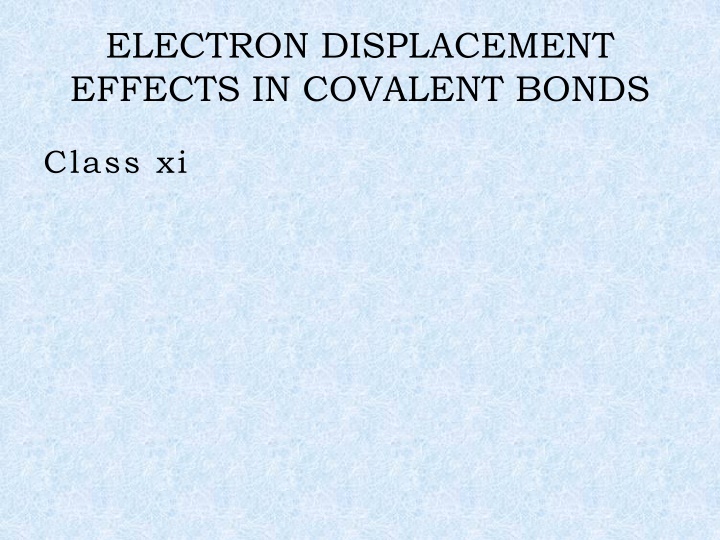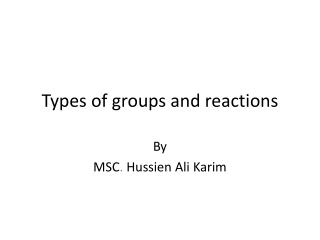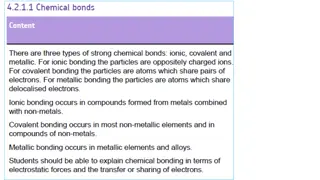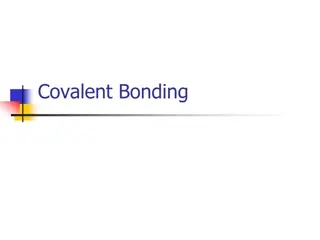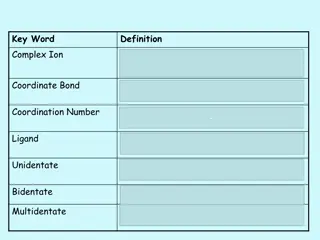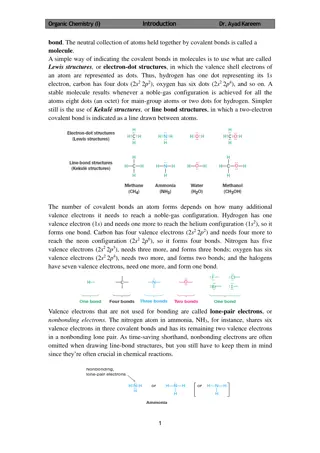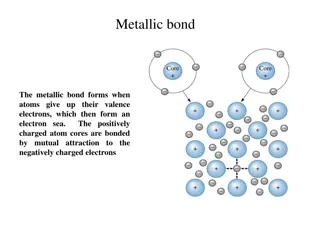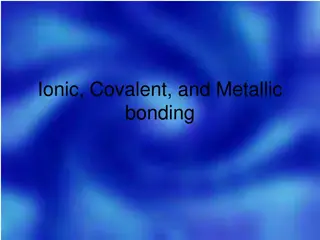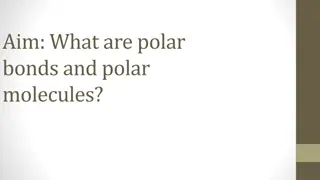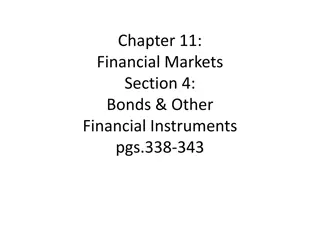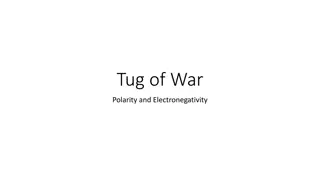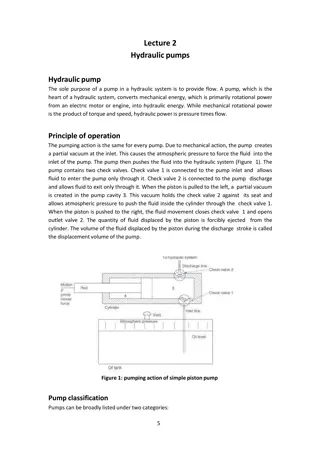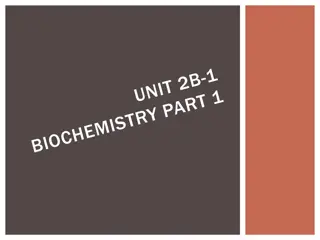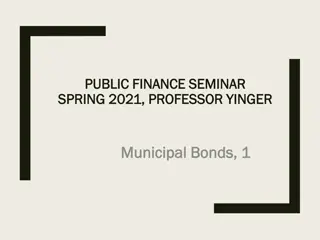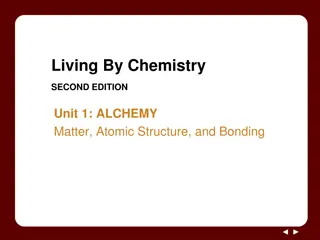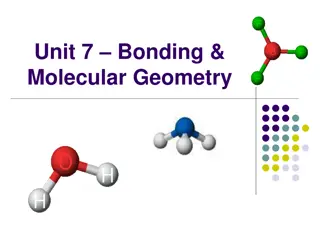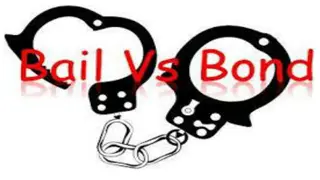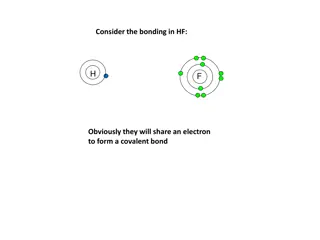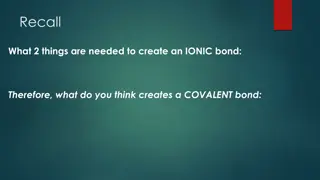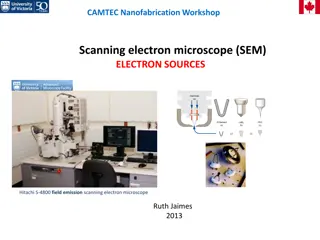Electron Displacement Effects in Covalent Bonds Class XI
In organic chemistry, electron displacement effects and inductive effects play a crucial role in determining molecular reactivity. Functional groups, reaction mechanisms, and electron movement in organic reactions are explored, highlighting the fundamental concepts underlying organic processes. Understanding electron polarization and inductive effects is essential for grasping the intricacies of organic molecule interactions.
Download Presentation

Please find below an Image/Link to download the presentation.
The content on the website is provided AS IS for your information and personal use only. It may not be sold, licensed, or shared on other websites without obtaining consent from the author.If you encounter any issues during the download, it is possible that the publisher has removed the file from their server.
You are allowed to download the files provided on this website for personal or commercial use, subject to the condition that they are used lawfully. All files are the property of their respective owners.
The content on the website is provided AS IS for your information and personal use only. It may not be sold, licensed, or shared on other websites without obtaining consent from the author.
E N D
Presentation Transcript
ELECTRON DISPLACEMENT EFFECTS IN COVALENT BONDS Class xi
RECAP!! A functional group is an atom or a group of atoms bonded together in a unique manner which is usually the site of chemical reactivity in an organic molecule. The order of decreasing priority for some functional groups is: -COOH, SO3H, -COOR (R=alkyl group), COCl, -CONH2, -CN,-HC=O, >C=O, -OH, -NH2, >C=C<, -C C- .
FUNDAMENTAL CONCEPTS IN ORGANIC REACTION MECHANISM In an organic reaction, the organic molecule reacts with an appropriate attacking reagent and leads to the formation of one or more intermediate(s) and finally product(s) . ORGANIC MOLECULE (SUBSTRATE) PRODUCT INTERMEDIATE BY PRODUCT Reaction Mechanism: A sequential account of each step, describing details of electron movement, energetics during bond cleavage and bond formation, and the rates of transformation of reactants into products (kinetics).
ELECTRON MOVEMENT IN ORGANIC REACTIONS Electron movement in organic reactions takes place as shown below:
ELECTRON DISPLACEMENT EFFECTS IN COVALENT BONDS The electron displacement in an organic molecule may take place either in the ground state under the influence of an atom or a substituent group or in the presence of an appropriate attacking reagent. The electron displacements due to the influence of an atom or a substituent group present in the molecule cause permanent polarization of the bond. Permanent Electron Displacement effects are seen in Inductive Effect, Resonance Effect. Temporary Electron Displacement effects are seen in Electromeric Effect.
I N D U C T I V E E F F E C T S O O H3C H3C O O + H + + - H3C CH + CH2 Cl
Electronegativity Values H 2.1 C 2.5 N 3.0 O 3.5 F 4.0 Si 1.8 P 2.1 S 2.4 Cl 3.0 Br 2.8 I 2.5
I N D U C T I V E E F F E C T Inductive effect may be defined as the permanent displacement of electrons forming a covalent bond towards the more electronegative element or group. The inductive effect is represented by the symbol, the arrow pointing towards the more electronegative element or group of elements.
I N D U C T I V E E F F E C T In case of 1-Chloro Butane inductive effect may be represented as below. The C-Cl bond is a Polar Covalent Bond. This polarization results is partial positive charge (+) on Carbon-1 and Partial Negative Charge (-) on Chlorine. The shift of electron density is shown by an arrow that points from + to - endof the polar bond
I N D U C T I V E E F F E C T In turn Carbon-1 draws some Positive charge(+) towards it from the adjacent C-C bond . In this way the polar C-Cl bond induces polarity in the adjacent bond. Such polarization of -bond caused by the polrisation of the adjacent -bond is called Inductive Effect. This effect is passed on to the subsequent bonds also but the effect decreases rapidly as the no.of intervening bonds increases.
I N D U C T I V E E F F E C T The Inductive effect is related tot eh ability of Substituent(s) to either withdraw or donate electron density to the attached carbon atom. Based on the ability, the substituents can be classified as electron donating groups or electron withdrawing groups relative to Hydrogen. Some examples to electron releasing groups: -CH3 (Methyl), - CH2-CH3 (Ethyl Group) etc. Some examples to electron withdrawing groups: -X, -NO2 (Nitro Group), -CN (Cyano Group), -COOH (Carboxy Group), -COOR (Ester Group), -OAr ( Aryloxy Group) etc.
TYPES OF INDUCTIVE EFFECT If the substituent Y bonded to Carbon atom is ELECTRON RELEASING then Y atom acquires +ve charge and such Inductive effect is termed as +I Effect. If the substituent X bonded to Carbon atom is ELECTRON WITHDRAWING then Y atom acquires -ve charge and such Inductive effect is termed as -I Effect. C X X= Electron withdrawing Group. Y= Electron releasing Group. C Y
Bond Polarisation and Inductive Effects -I Inductive Effects + +I Inductive Effects + - - C F C H + - + - C CH3 C Cl - CH3 CH3 + - - + C O C C CH3
Inductive Effects: Short Range Nature of Inductive Effects Carbocation Stability The More Carbons adjacent to Cation Site, the more stable is the Cation. Because Carbon releases electron density better than Hydrogen
Inductive Effects are Short Range In Contrast to Resonance Effects This proton is acidic. + H - + + Cl H3C CH + CH2 The polarised C-Cl bond transmits further polarisation through the -bond framework, But effect drops off quickly
Inductive Effects and Carbocation Stability LEAST STABLE MOST STABLE H C CH3 C CH3 C CH3 C H H H H H3C H H3C CH3 Primary Carbocation Secondary Carbocation Tertiary Carbocation Methyl Carbocation Carbon atom is electron deficient (only has 6 electrons in its outer valence). CH3 The methyl groups have +I inductive effects. C Thus, extra electron density is pushed onto the carbocation, which stabilises the carbocation. H3C CH3
HOME ASSIGNMENT 1) Using the curved arrow notation, show the formation of reactive intermediates when the following covalent bonds undergo heterolytic cleavage. CH3-CN, CH3-SCH3, CH3-Cu 2) Which bond is more polar in the following pairs of molecules: a) H3C-H or H3C-Br b) H3C-NH2 or H3C-OH c) H3C-OH or H3C-SH. 3) In which C-C bond of CH2CH2CH2Br, the inductive effect is expected to be the least? Explain with reason.
